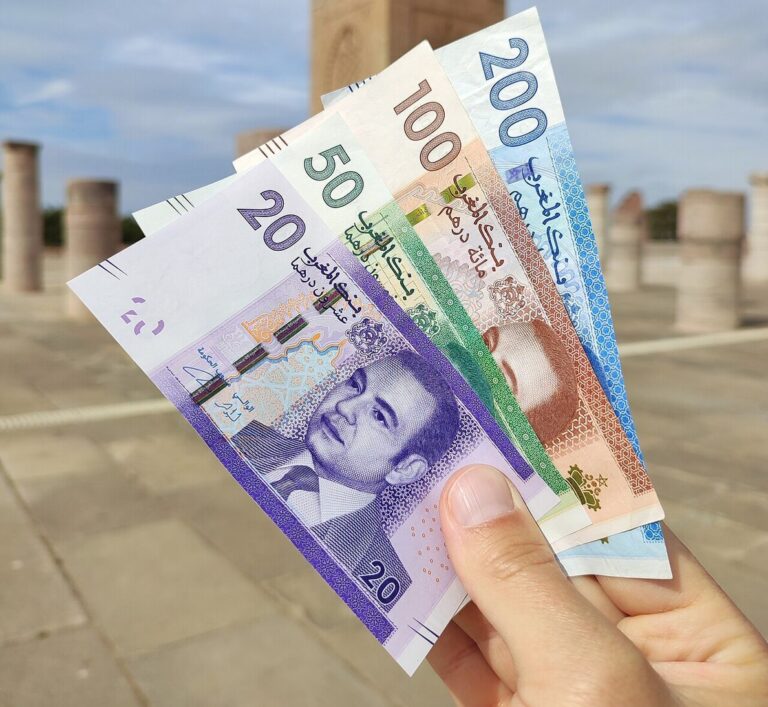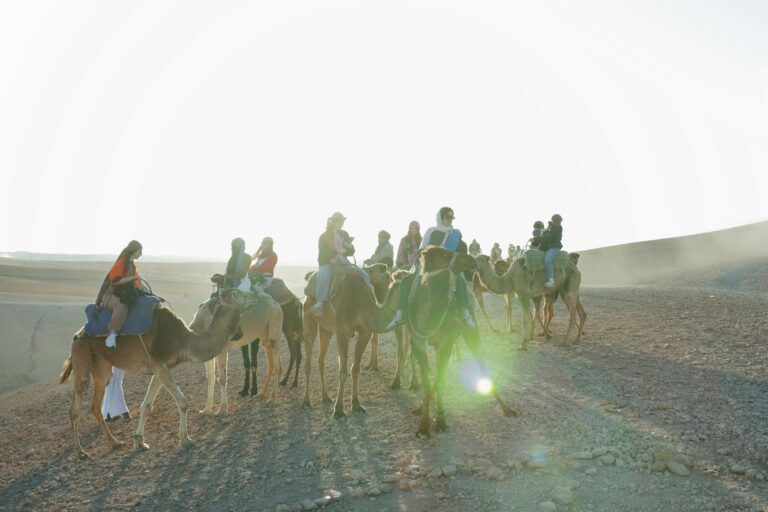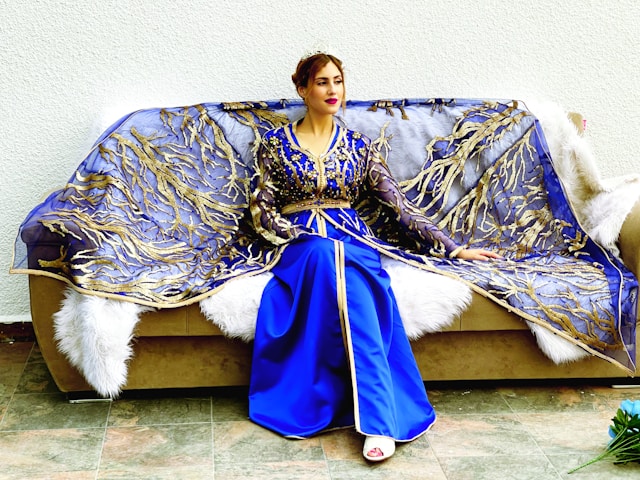

In Morocco, bread is far more than a side dish—it’s a symbol of community, a marker of tradition, and the anchor of almost every meal. Whether you’re dining in a bustling city like Marrakech or sharing a home-cooked tagine in a mountain village, traditional Moroccan bread: the base of the table is always present.
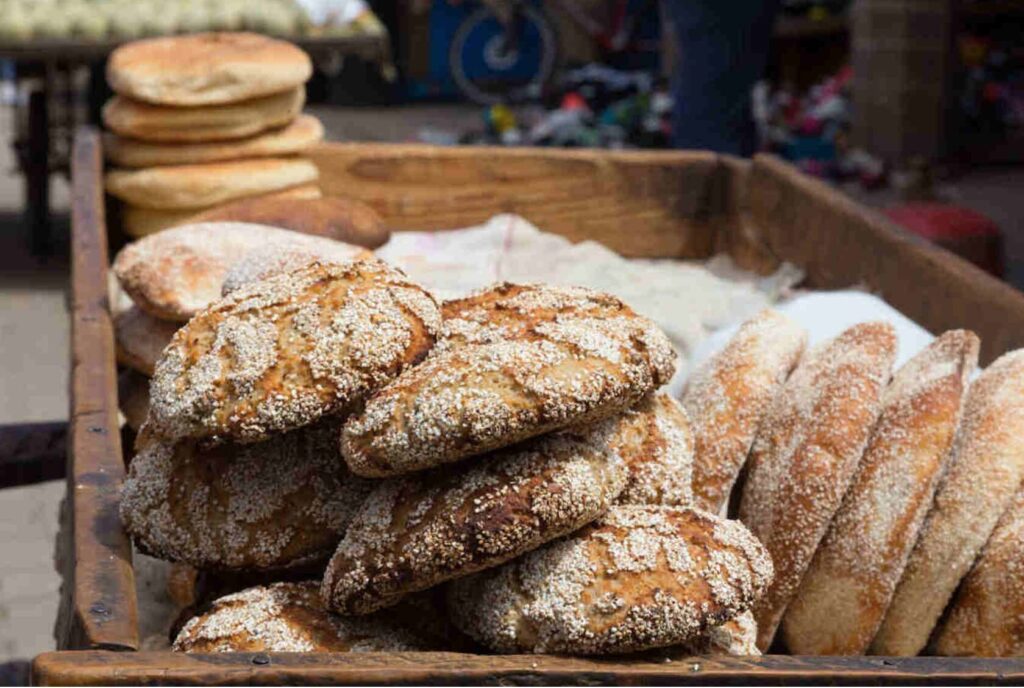
This beloved staple connects generations, showcases Morocco’s culinary diversity, and offers travelers a delicious gateway into the heart of Moroccan life. If you’re planning a trip to Morocco or just curious about its food culture, let’s break bread and explore the role this humble loaf plays in daily life.
The Cultural Importance of Bread in Morocco
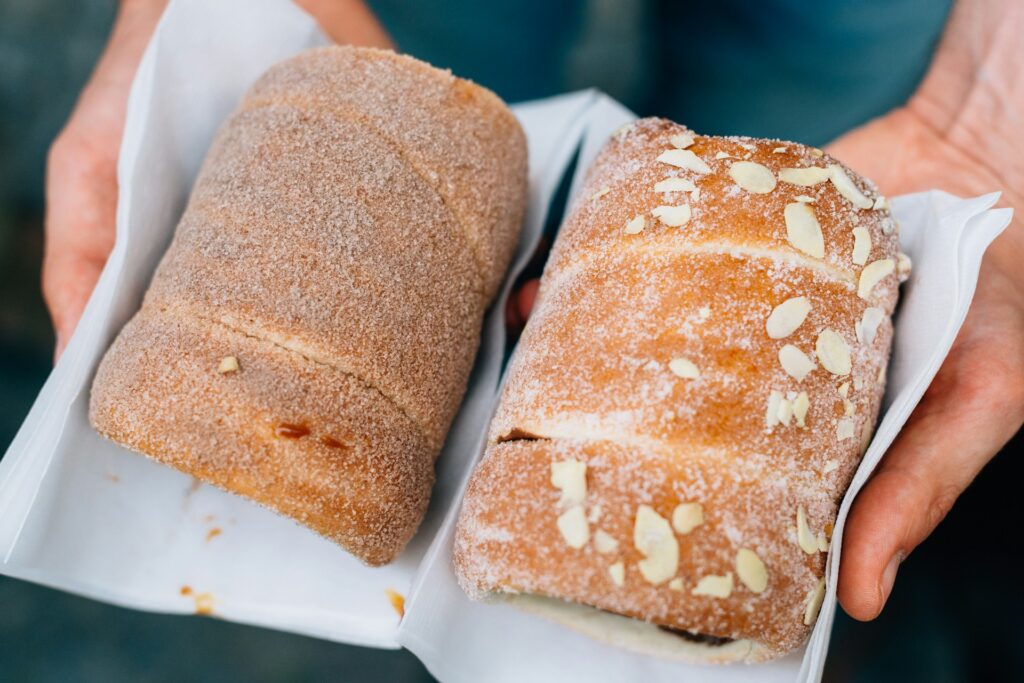
Bread in Morocco isn’t just nourishment—it’s sacred. Locals often refer to it as “aïch”, which literally means “life,” reflecting its deep cultural and spiritual significance. Made daily in homes, bakeries, and communal ovens, Moroccan bread represents sharing, respect, and hospitality.
From cities to remote desert villages, you’ll find families baking khobz, the round, crusty bread that serves as both utensil and companion to every dish. In rural areas, it’s common to see women baking bread in clay ovens known as ferran, a tradition passed from mother to daughter for centuries.
Bread also plays a part in etiquette: dropping it on the ground calls for a respectful kiss and return to a higher place—underscoring its sacred role at the Moroccan table.
Where to See and Taste Traditional Moroccan Bread
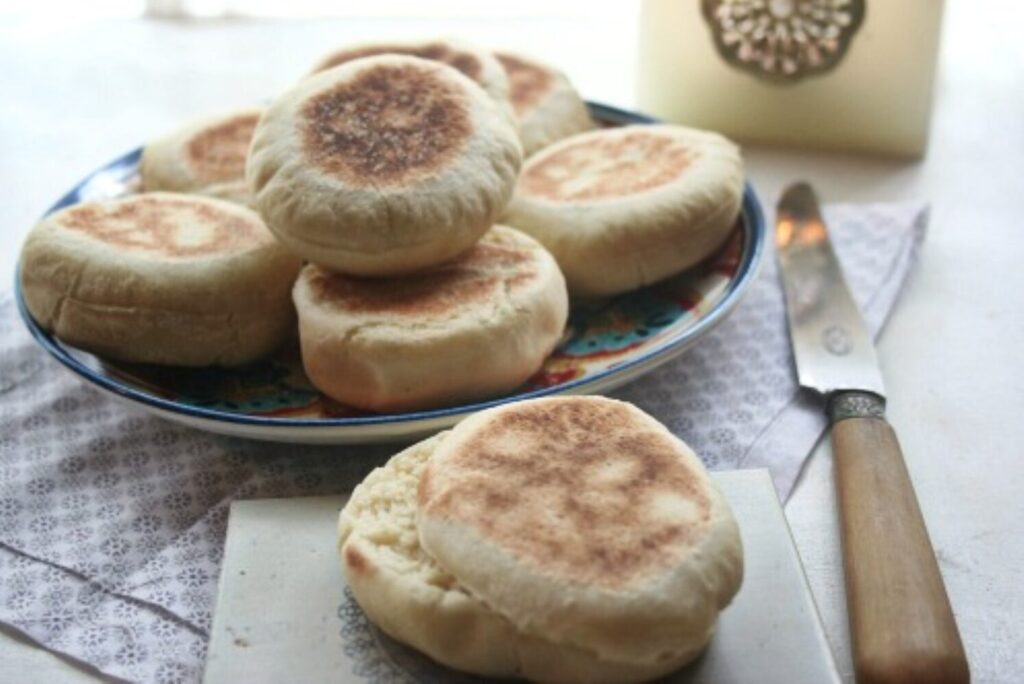
In the Medinas
The medinas of cities like Fes, Rabat, and Chefchaouen are filled with the scent of fresh bread. Follow your nose to hidden alleys and you’ll discover small bakeries (furns) where locals line up with trays of homemade dough to be baked in traditional ovens.
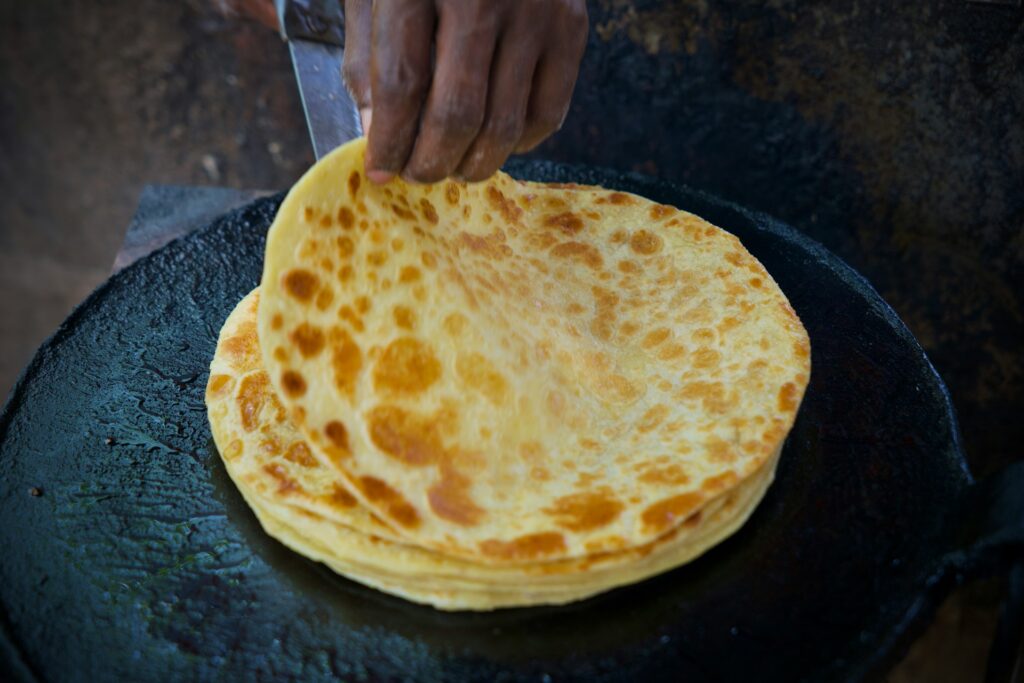
Bread types to look out for:
- Khobz – A thick, round loaf with a crunchy crust and soft center.
- Batbout – A pita-like pan bread, perfect for stuffing with meat or veggies.
- Harcha – A semolina-based flatbread, buttery and often eaten with honey.
- Msemen – A flaky, layered bread served at breakfast with mint tea.
In Traditional Moroccan Meals
In Moroccan homes, bread replaces the fork. Tear a piece to scoop up tagine, couscous, or bissara (a fava bean soup). This experience, especially when shared from one communal dish, is not just a meal—it’s a connection.
Eating with your hands (always the right one) may feel unfamiliar, but it’s a cultural norm that offers an intimate experience of Moroccan hospitality.
Tips for Travelers: Bread & Culture
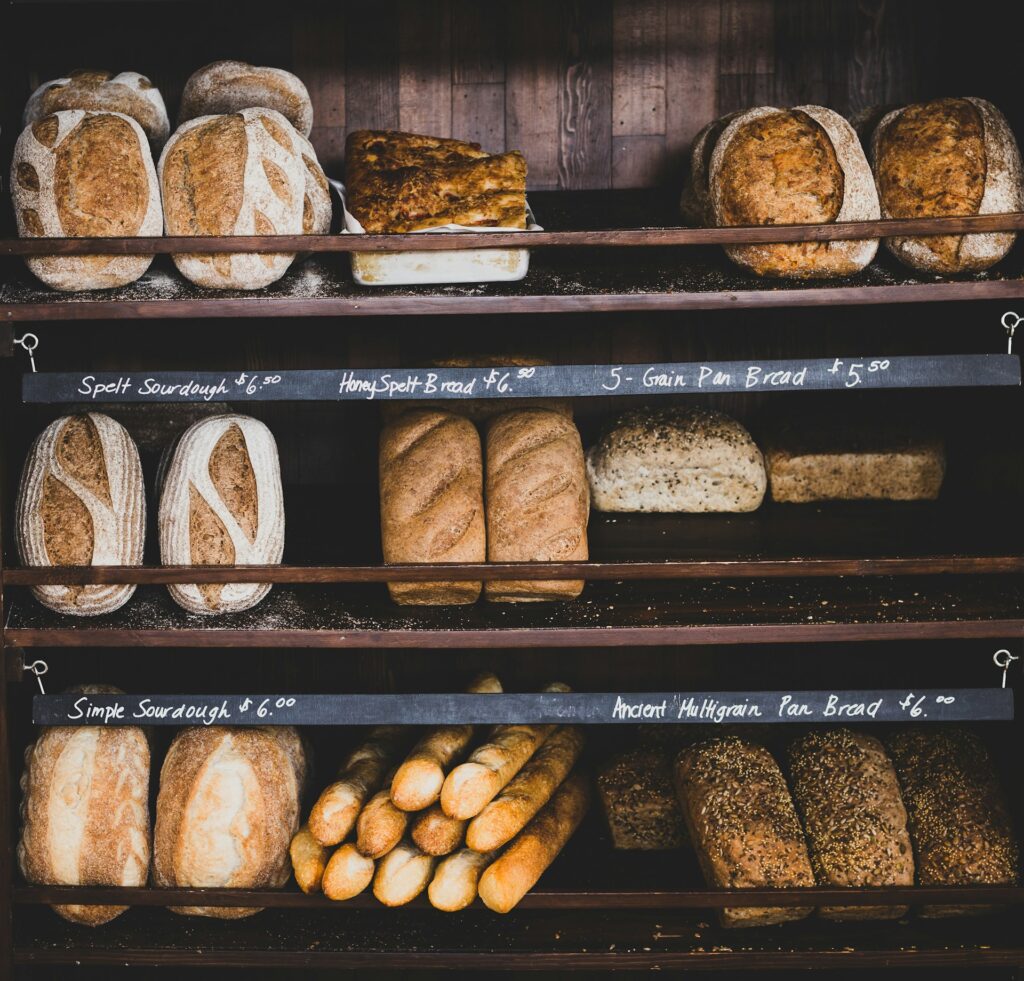
Respect the Ritual
As mentioned earlier, bread is revered. Don’t throw it away casually. If you can’t finish your bread, wrap it and save it—locals often feed leftovers to animals rather than waste it.
Try a Bread-Making Workshop
In places like Essaouira or Ourika Valley, you can take part in cooking classes that teach the art of making Moroccan bread. From kneading semolina to baking it in clay ovens, these hands-on experiences are among the most rewarding cultural activities for travelers.
Visit a Communal Oven
In smaller towns and villages, families often bring their dough to communal ovens, a tradition rooted in both necessity and community spirit. It’s one of the best places to witness daily life and hospitality in action.
Bread and the Moroccan Soul: Traveler Stories
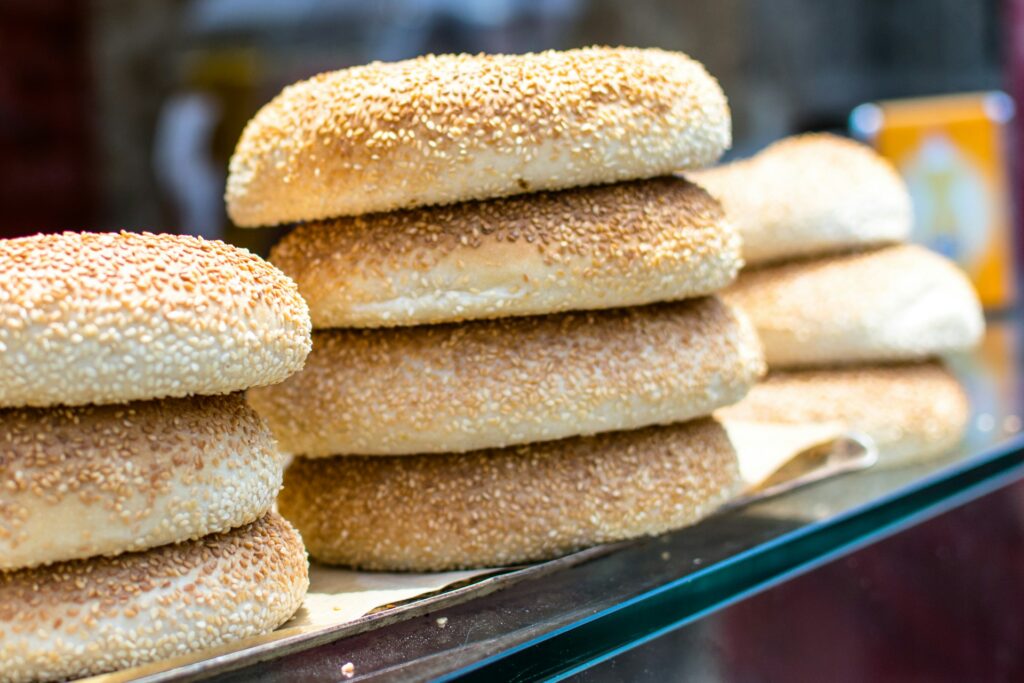
From Marrakech with Love
Travel blogger Emily from the UK shared her surprise at how essential bread was to her Moroccan experience:
“Every meal started with fresh khobz, still warm from the oven. I even used it to scoop up olive oil and spices for breakfast. It made me feel like I was truly part of something local and timeless.”
A Day in the Atlas Mountains
A group of travelers staying with a Berber family in the High Atlas Mountains were invited to help bake bread at dawn. They patted the dough, shaped the loaves, and placed them into a clay oven. Hours later, they shared a meal that felt less like tourism and more like family.
When to Visit: Seasonal Bread Experiences
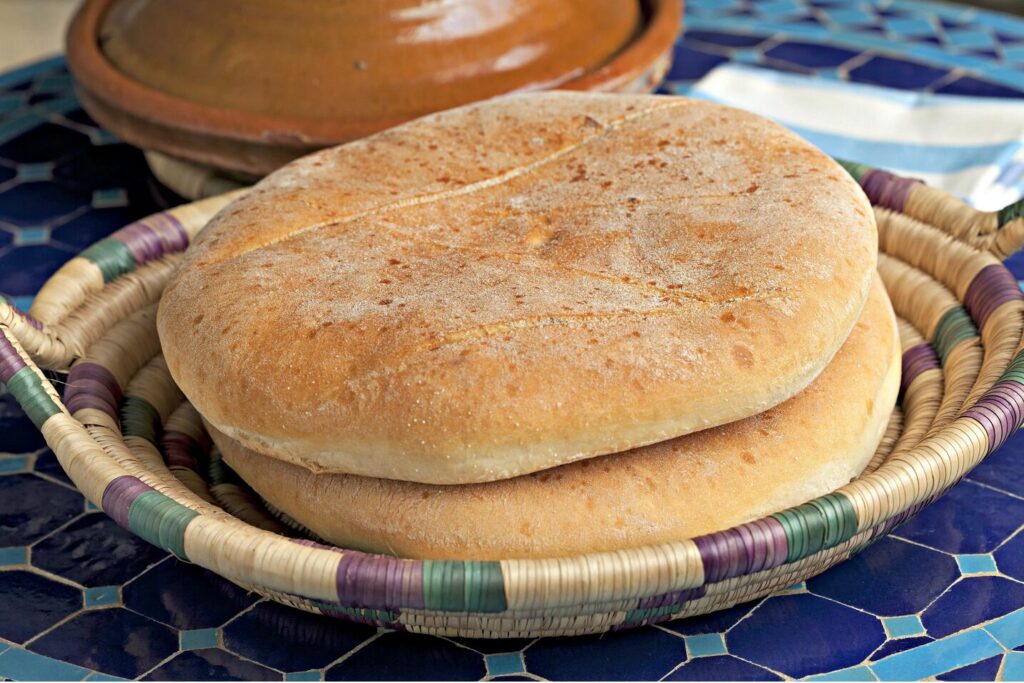
Bread is a constant in Moroccan life, but its forms and flavors shift slightly with the seasons.
- Ramadan: Look out for special breads like krachel, a sweet brioche flavored with anise and sesame.
- Eid Celebrations: Expect rich, decorative loaves and festive semolina variations.
- Autumn: Villages in the Middle Atlas harvest and mill their own grains, adding a rich, nutty flavor to the bread.
Planning your visit around these seasonal events adds extra layers of taste—and meaning—to your experience.
FAQ: Traditional Moroccan Bread
What is the most common type of traditional Moroccan bread?
The most common bread is khobz, a thick, round, crusty loaf made with white or semolina flour. It’s served with nearly every Moroccan meal.
Is Moroccan bread gluten-free?
No, most Moroccan bread is made from wheat or semolina. However, in some Berber regions, you may find bread made from corn or barley, which may be more digestible for some gluten-sensitive individuals.
Can tourists try making Moroccan bread?
Absolutely! Many riads and tour operators offer bread-making workshops, especially in cities like Marrakech, Essaouira, and rural areas like the Ourika Valley.
How is Moroccan bread traditionally cooked?
Most Moroccan bread is baked in clay or stone ovens, giving it a slightly smoky flavor and crispy texture. In villages, communal ovens are common.
Why do Moroccans treat bread with such respect?
Bread is considered a blessing and a sacred gift. It’s often associated with life and sustenance, so wasting or discarding it is avoided whenever possible.
Final Thoughts: Break Bread, Make Memories
When you visit Morocco, take time to truly experience traditional Moroccan bread: the base of the table. Whether you’re watching it bake in a village oven or tearing into a loaf during a shared tagine, you’re doing more than eating—you’re participating in a centuries-old tradition of hospitality, gratitude, and community.
So next time you’re in Morocco, don’t just take a photo of your food—taste the culture, smell the earth in the grain, and share a piece with someone new.
Ready to explore more?
Start planning your Moroccan journey today, and check out our latest guides on food, culture, and unforgettable experiences across this magical land.


